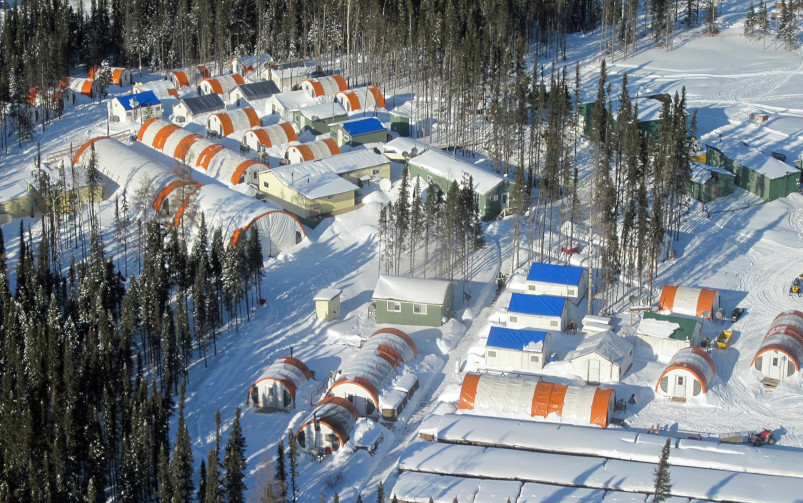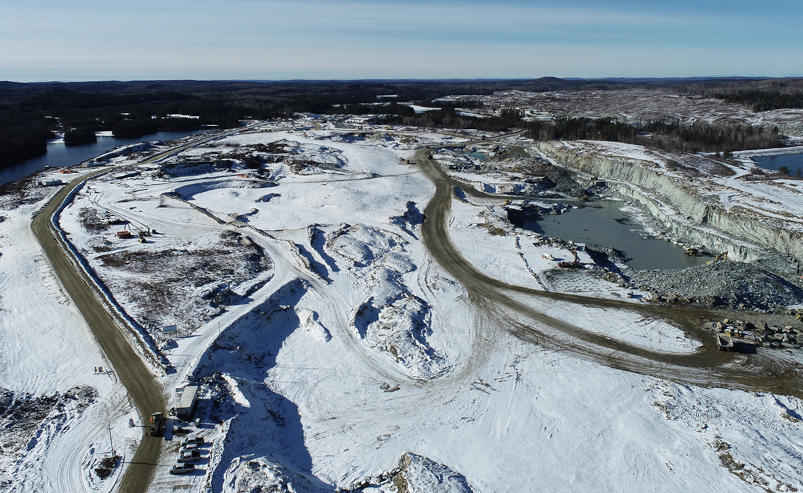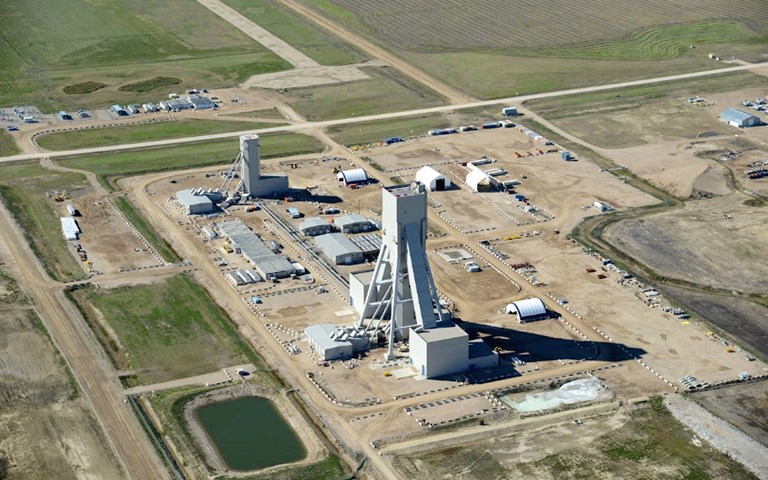Jansen is expected to produce 4.35 million tonnes of potash per year. Courtesy of BHP.
BHP approved a final investment decision on Aug. 17 to proceed with its Saskatchewan Jansen potash project.
After billions of dollars spent and years of delays from decreases in profit and production due to the effects of the COVID-19 pandemic, the project is moving forward. BHP’s US$5.7 billion investment in the Jansen stage one project is part of the company’s plan to access “future-facing commodities,” according to BHP. The mine is expected to be one of the world’s most sustainable potash mines with a low carbon footprint and low water intensity.
In the same vein, BHP also recently submitted and was approved for a public offer to acquire Canada’s Noront Resources to gain access to a highly prospective nickel basin.
Chief executive officer Mike Henry said, “the world will need more copper and nickel for electrification, renewable power and electric vehicles, iron ore and high-quality metallurgical coal to produce the steel for infrastructure, including that required for decarbonization, and the potash required for sustainable global food production.”
“We are actively positioning BHP to meet the world’s needs and to continue to sustainably generate value for our shareholders, employees and business partners, as well as for our host communities and governments,” Henry said.
Related: Canadian government cancels project due to likelihood of causing significant adverse environmental effects
BHP and Westshore Terminals Limited Partnership have also entered a conditional agreement to provide services for the mine. Westshore will construct the necessary infrastructure to provide port services to Jansen, 45 kilometres southeast of Humboldt, Saskatchewan, until 2051, with the potential for extension.
During peak construction, the mine will create 3500 jobs, with 600 ongoing jobs after construction. BHP has made a statement that the mine will create opportunities for local Indigenous businesses, and First Nations employees will make up 20 per cent of the workforce.
The company has signed opportunity agreements, which transfer ownership of a business from a seller to a buyer, with six First Nation communities around the mine.
Jansen stage one is expected to produce approximately 4.35 million tonnes of potash per year. The site has the potential for further expansions in the future, according to BHP. Construction for the site is estimated at six years.
“This is an important milestone for BHP and an investment in a new commodity that we believe will create value for shareholders for generations,” Henry said.




